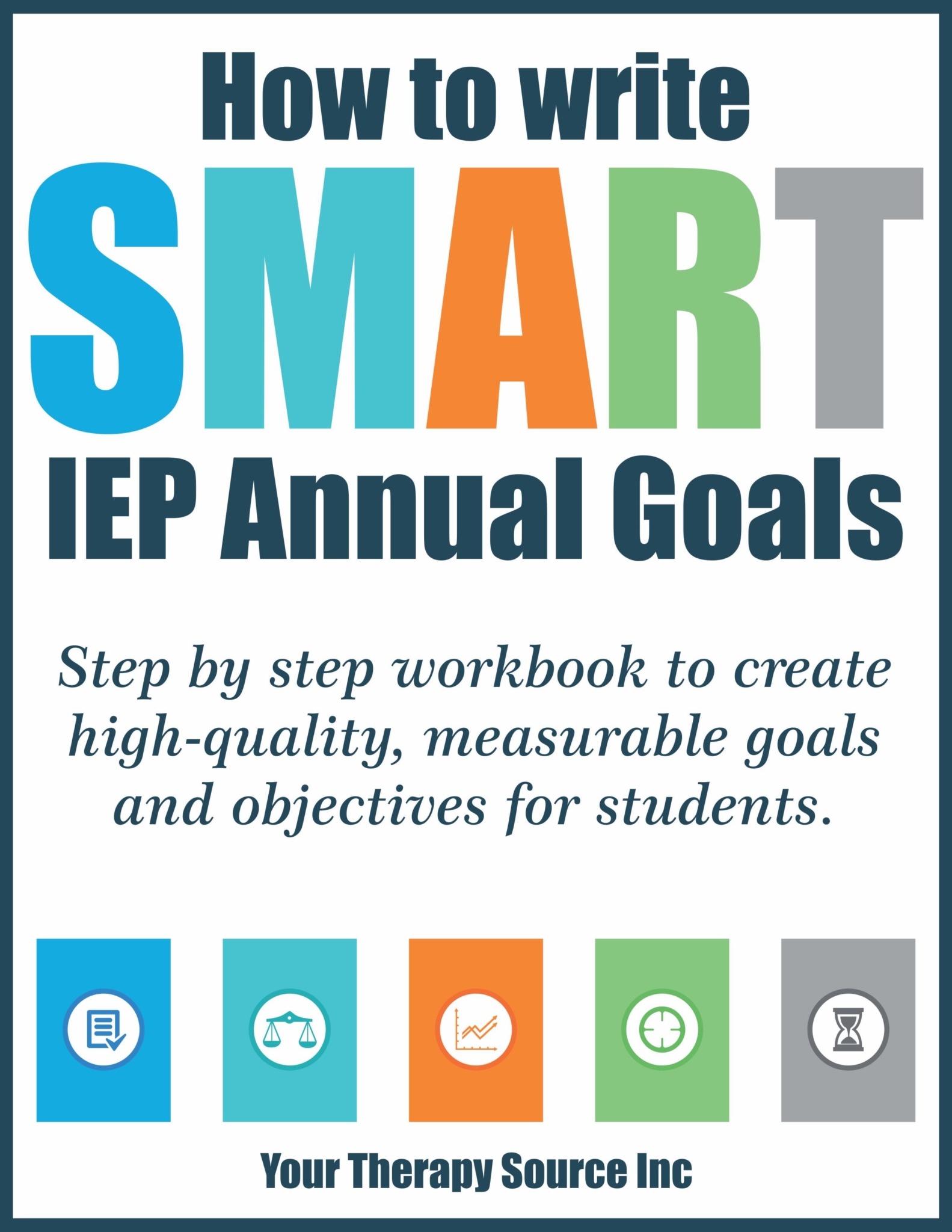Written Expression IEP Goals

Special education teachers often have the job of working with and developing written expression goals for students with IEPs. Many teachers feel that it’s important to target this skill in order to help their students communicate more effectively. However, setting achievable goals can be a challenge. Here are some tips for developing effective written expression IEP goals.
WHAT IS A WRITTEN EXPRESSION IEP GOAL?
A written expression IEP goal is a target that is set for a student with an Individualized Education Plan. This type of goal is usually related to the student’s ability to communicate through writing. The written expression goals may be based on the student’s current level of functioning and are often aimed at improving their skills in this area.
WHY ARE WRITTEN EXPRESSION IEP GOALS IMPORTANT?
There are a few reasons why written expression IEP goals may be important for a student. There’s no doubt about it written expression is a fundamental life skill. In order to be successful in school and in most jobs, individuals need to be able to communicate effectively through writing. Written expression goals can help students to improve their communication skills. Many students with written expression goals also see an improvement in other areas, such as reading skills.

How to Write IEP Goals Workbook
TOOLS TO HELP STUDENTS WITH WRITTEN EXPRESSION
Using effective tools in your writing instruction will help you identify a student’s present level and where they need the most help in their written expression. This will enable you to write useful goals for the students in your classroom. Here are some tools you can use as benchmarks. Effective…
- Graphic organizer
- Writing rubric
- Writing samples
- Writing prompts
- Comprehension questions
- Writing assignment
- Editing checklist
HOW TO WRITE WRITTEN EXPRESSION IEP GOALS
Besides using these tools, there are a few things to keep in mind when writing written expression IEP goals. The goals should be realistic and measurable goals that are based on the student’s current functioning and grade level. They should work with the student’s strengths and weaknesses.
The goals should also be SMART Goals (Specific Measurable Achievable Relevant and Timed). Another important thing to remember is that the goals should be reviewed and updated on a regular basis. As the student makes progress, the goals should be revised to ensure they are still appropriate and challenging.
Written expression goals can come up in many different areas of writing. Understanding this will help you write written expression goals for student IEPs that are effective. Here are some types written expression goals and examples of each.
CAPITALIZATION GOALS FOR AN IEP
One type of written expression goal has to do with the proper use of capitalization. This is an important rule of grammar and one that students should be able to master. A capitalization goal for an IEP might look something like this:
- The student will correctly capitalize 80% of words that should be capitalized when writing a sentence.
- The student will use proper capitalization when writing the days of the week, months of the year, and holidays.
- The student will capitalize the first word of a sentence 80% of the time.
PUNCTUATION GOALS FOR AN IEP
Another type of written expression goal has to do with proper punctuation usage. Just like capitalization, this is an important rule of grammar that students should be able to master. Here are some ideas for punctuation IEP goals:
- The student will use proper punctuation (such as a period, question mark, or exclamation point) at the end of a sentence 80% of the time.
- The student will use commas correctly when writing a list.
- The student will use quotation marks correctly when writing dialogue.
SPELLING GOALS FOR AN IEP
Spelling is a component of written expression that can be quite complex in the English language. Many students struggle with spelling words correctly. Some spelling goals for an IEP could be:
- The student will spell words correctly 80% of the time when writing.
- The student will successfully spell high-frequency words when writing.
- The student will correctly spell words that follow a certain pattern (such as words that rhyme or words with the same ending sound).
- The student will use a word wall and/or spelling dictionary when writing to help with spelling words correctly.
TRANSITION WORD GOALS FOR AN IEP
Transition words are words that help to connect ideas in writing. They are often used at the beginning of a sentence to show how the current sentence is related to the previous one. Transition words can be a challenge for many students. Some examples of transition word IEP goals are:
- The student will use transition words (such as first, next, then, or finally) when writing a story.
- The student will use transition words to connect ideas within a paragraph. The student will use transition words to show cause and effect.
VOCABULARY GOALS FOR AN IEP
Vocabulary goals are also important in student development when it comes to written expression. Students should be exposed to a variety of words so that they can use them in their own writing. A few ideas for vocabulary IEP goals are:
- The student will use new vocabulary words when writing 80% of the time.
- The student will describe the meaning of new vocabulary words when writing.
- The student will use a thesaurus to find different words with similar meanings when writing.
WRITING FLUENCY GOALS FOR AN IEP
Writing fluency is another important aspect of written expression. Fluency is the speed at which a student can write. Many students struggle with writing fluently. A goal related to writing fluency might be:
- The student will write for a certain amount of time (such as 5 minutes) without stopping.
- The student will write a certain number of words in a certain amount of time (such as 100 words in 5 minutes).
- The student will write a certain number of sentences in a certain amount of time (such as 10 sentences in 5 minutes).
PARAGRAPH WRITING GOALS FOR AN IEP
A paragraph is a group of related sentences that share a common topic. Many students struggle with writing paragraphs that are correctly organized and have all of the necessary elements. Paragraph writing IEP goals could include:
- The student will write a paragraph that includes a topic sentence, supporting details, and a concluding sentence.
- The student will indent the first line of each paragraph when writing.
- The student will write a five-sentence paragraph.
ESSAY GOALS FOR AN IEP
An essay is a type of written assignment that is typically longer and more detailed than other types of writing. Essays can be difficult and tedious for many students. An essay goal for an IEP might look something like this:
- The student will write a five-paragraph essay with a clear introduction, three body paragraphs, and a conclusion.
- The student will write an essay that is at least 500 words long.
- The student will edit and revise an essay for grammar, spelling, and punctuation errors.
If you are a teacher who is responsible for developing written expression IEP goals, remember to keep the goals realistic, specific, and measurable. Review and update the goals on a regular basis to ensure they are still appropriate. With these tips in mind, you’ll be well on your way to helping your students improve their written expression skills!

Assistive Technology, Classroom Implementation Strategies & Resource Recommendations for Kids Who Struggle to Write
RELATED RESOURCES
Executive Functioning IEP Goals
SMART Goals – Examples for Students
Daily Living Skills – Goals and Objectives



